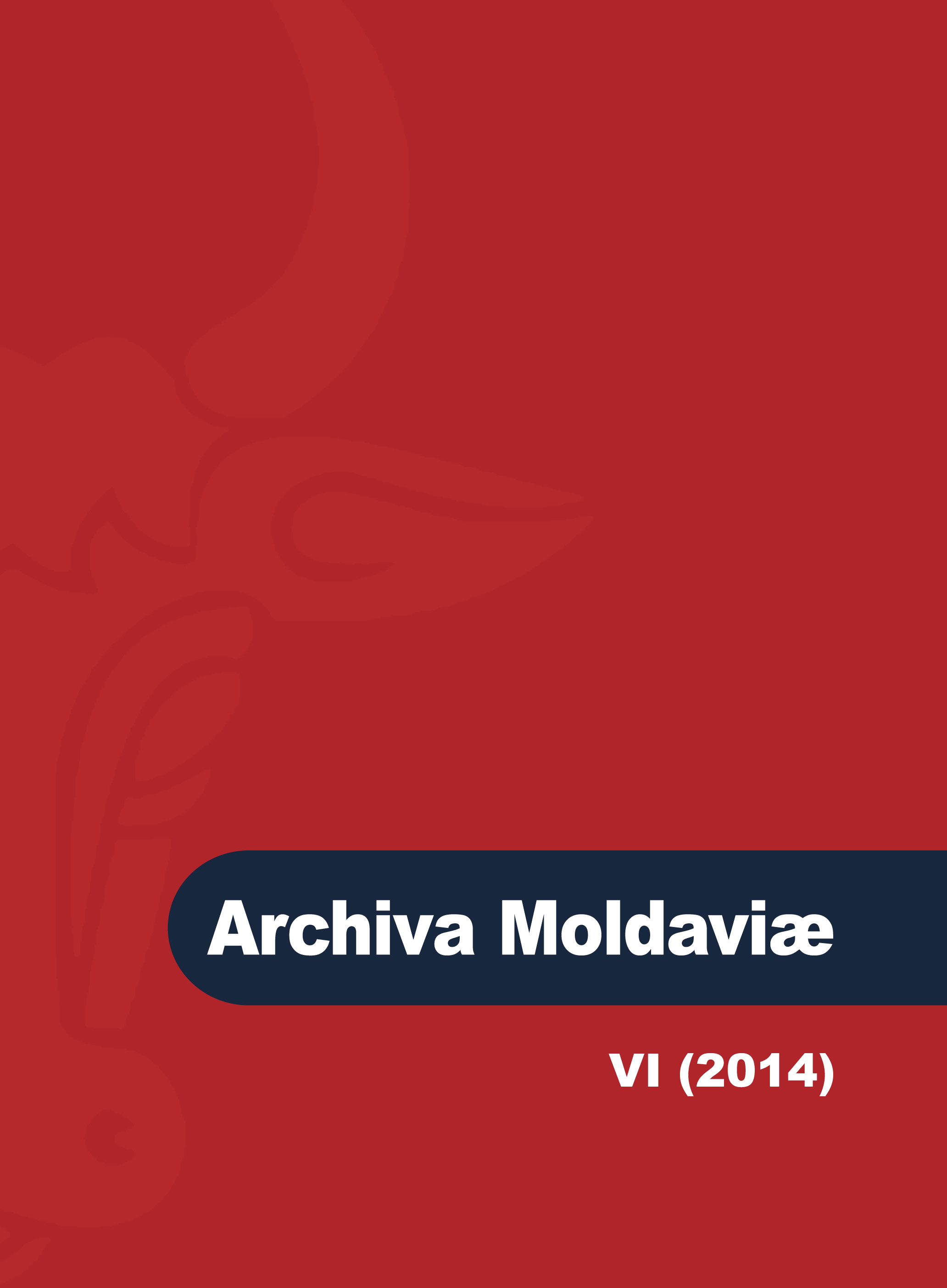Intelligence Organization and Operations in Classical Counterinsurgency. Malaya, Algeria and Romania, 1944-1962
Intelligence Organization and Operations in Classical Counterinsurgency. Malaya, Algeria and Romania, 1944-1962
Author(s): Andrei MiroiuSubject(s): History, WW II and following years (1940 - 1949), Post-War period (1950 - 1989)
Published by: Societatea de Studii Istorice din România
Keywords: counterinsurgency; intelligence services; intelligence operations; Malayan Insurgency; Algerian War of Independence; Romania.
Summary/Abstract: This article questions the intelligence services’ organization and their actions in the counterinsurgencies fought in the immediate postwar period, 1944-1962. After the end of World War II, the collapse of Western colonial empires coincided with the creation of a Soviet imperial space in Eastern Europe; both historical phenomena included violent clashes between government forces and those opposed to the continuation or the creation of an imperial system of rule. The campaigns discussed are the Malayan Insurgency, the French war in Algeria and the elimination of anti-communist armed groups in Romania. While the wars in Southeast Asia and northern Africa became the theoretical basis on which Western theories and operational manuals on insurgencies were developed, the Romanian case, although well researched internally has rarely been compared and never discussed in relation to the experiences of the Western powers.This article discusses and compares the various civilian and military organizations involved in the fight against guerrillas, especially in terms of single command or action taken concurrently by multiple services operating under separate governmental structures. While the British opted relatively fast for a single command and a unified intelligence organization under the civilian structure of the Special Branch, the French used against the Algerian insurgents and their networks of support multiple intelligence agencies and structures, depending on either the ministries of interior or defense, or even the Prime Minister's Office and the President. In both Western cases, these options were due to type of the opponents, very united in Malaya, but extremely extended nationally and internationally for the Algerian nationalists. In Romania, the type of the guerrillas also influenced intelligence organization, which was focused on the local and regional levels, with no need for a central command. In terms of operations, the article discusses the recruitment of informers and the formation of informer networks, infiltration tactics, the interogation and torture of suspects. Conclusions reveal widespread torture in all three cases, detailing the formation of networks of informants and how they were used. Infiltration and betrayal is a special subject of investigation, being often responsible for the most important victories of the government forces. The article also draws attention to the legal and moral issues that were raised by using certain procedures for obtaining information, thus questioning the use of these approaches for contemporary and future campaigns.
Journal: Archiva Moldaviae
- Issue Year: VI/2014
- Issue No: 6
- Page Range: 247-274
- Page Count: 28
- Language: English

